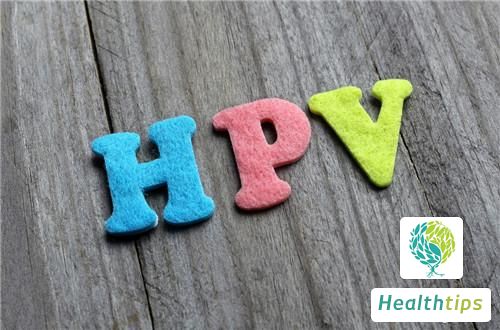Small fleshy bumps on the lower body are commonly caused by genital warts infection. They can be treated through microwave, electrocautery, or laser therapy. Each of these three treatment methods has its advantages and disadvantages. For example, microwave therapy is less likely to recur, but the wound recovery is slower. If the warts are relatively large and not suitable for the above three methods, surgical removal can be used for treatment.

1. Microwave Therapy: The principle is to use the high-frequency vibration of the microwave to evaporate the water inside the warts, causing necrosis and shedding. The characteristics of microwave therapy are that the warts are completely destroyed, less likely to recur, but the wound recovery is slower and prone to secondary infection.
2. Electrocautery: Electrocautery is an older treatment method. It is characterized by simple operation and quick effect. High-frequency electrosurgical knives can directly remove and dry the warts, and the treatment is also more thorough. However, the healing of the electrocautery wound is slower.
3. Laser Therapy: Laser therapy is a commonly used method for treating genital warts in dermatology departments. It is characterized by quick effect, and the warts can fall off immediately during treatment. Carbon dioxide laser is commonly used to burn the warts, and generally, one treatment is enough to cause the warts to fall off. However, laser therapy is prone to recurrence.
4. Surgical Treatment: Surgical treatment is a fast and effective treatment method for genital warts. Generally, for large, solitary warts with peduncles, doctors will recommend surgical removal. This surgery has certain risks, and it is also prone to recurrence in the later stage. If the surgery fails, it can lead to worsening of the disease and even malignancy.

